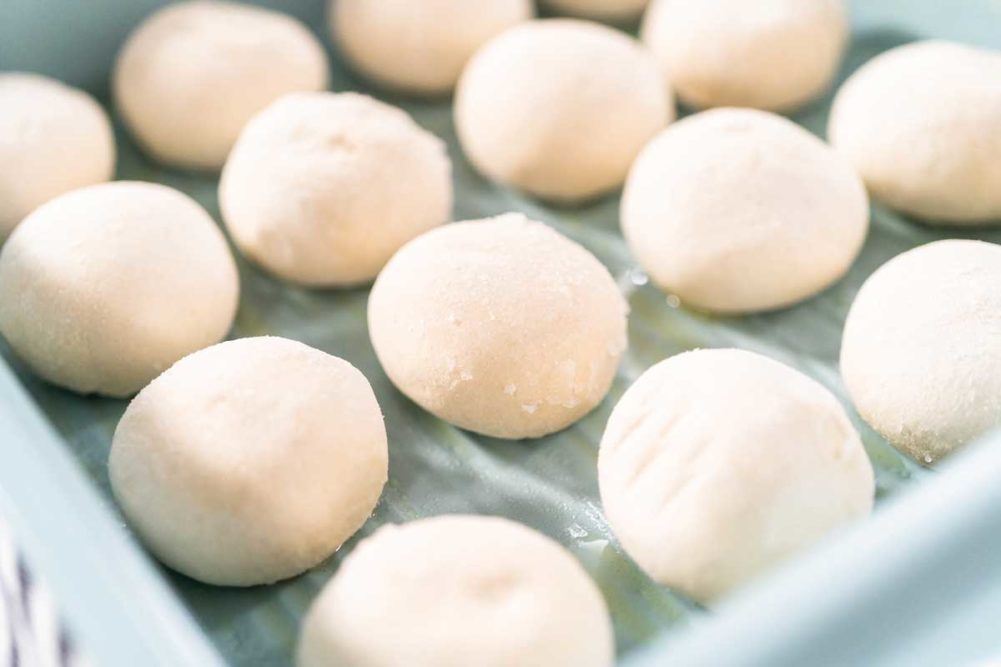Chemical leavening systems provide the rise for most cake products as well as biscuits, crackers, cookies, breadsticks, muffins, waffles and pizza crust. The rise occurs from a chemical reaction between a source of carbon dioxide and a food-grade acid that creates a gas. These leavening acids and bases can be added as separate ingredients or as a prepared baking powder, depending on the baker’s and the product’s needs.
Chemical leavening doesn’t just contribute to rise, but depending on the ingredients, these systems can influence other attributes of the finished product. Phosphate leaveners contain sodium, calcium and/or aluminum ions which can contribute to the resilience of crumb and strengthen batters. Leavening agents impact final pH, which influences color and flavor. Too much baking soda will increase the pH in cakes, resulting in soapy flavor, darker color and coarse grain. Too much acid and the cake will be light in color and have a sour or tart flavor.
The most common bases are sodium bicarbonate — better known as baking soda — and potassium bicarbonate. They react similarly in formulations with similar pH. While potassium bicarbonate helps bakers reduce sodium in their formulations, it does cost more and has an aftertaste. More potassium bicarbonate will be needed to neutralize the leavening acid as well.
There is a plethora of food-grade leavening acids for bakers to choose from, but there are some that are more suited to frozen dough. This list can include dicalcium phosphate dihydrate, dimagnesium phosphate, sodium acid pyrophosphate, sodium aluminum phosphate, sodium aluminum sulfate and monocalcium phosphate, anhydrous. These acids are often slow-acting or their heat-activated response prevents them from reacting in the batter.






